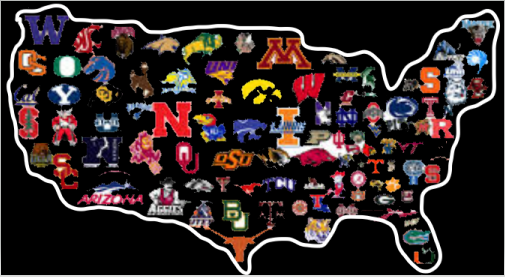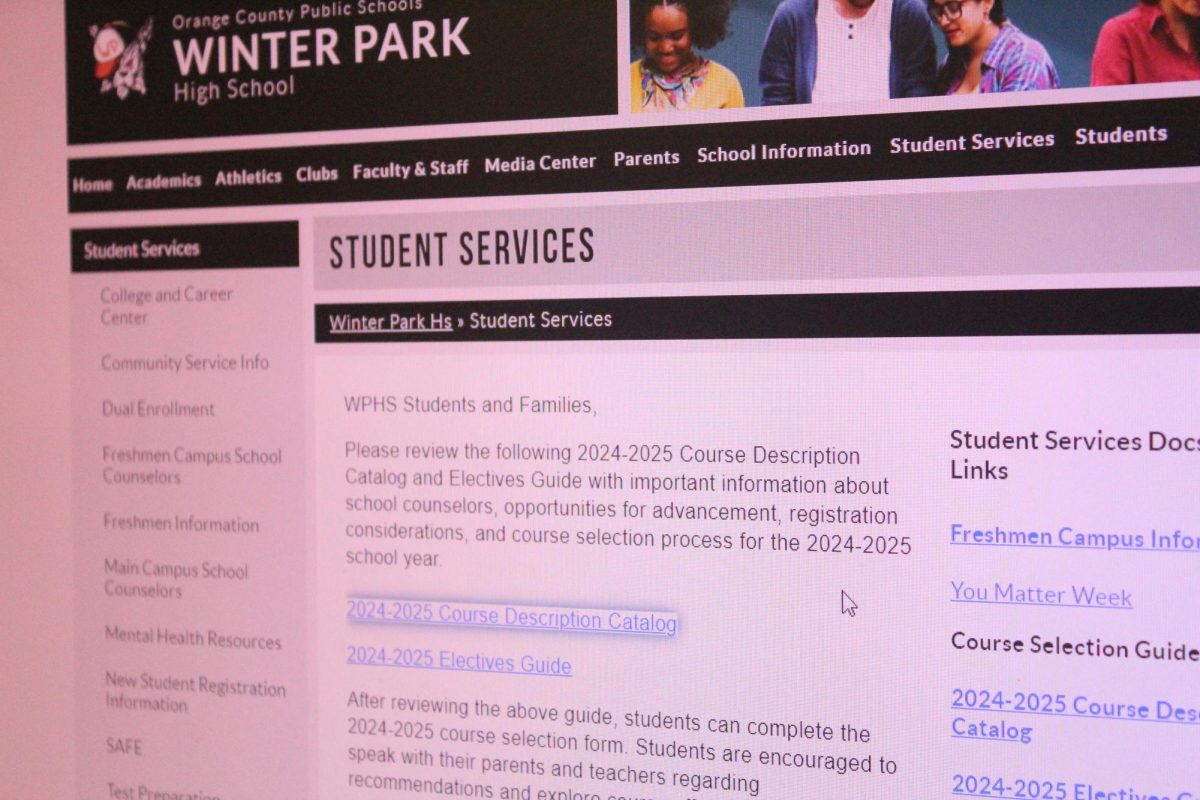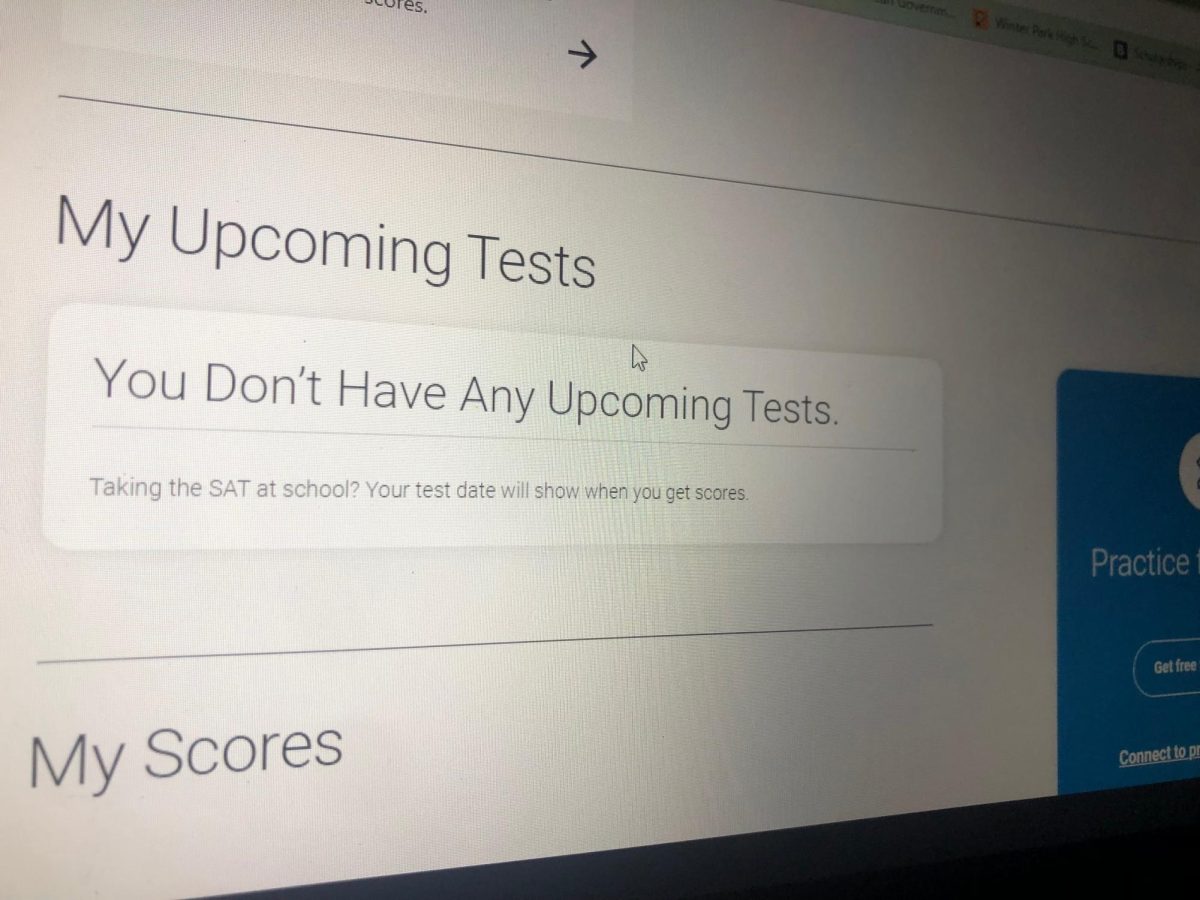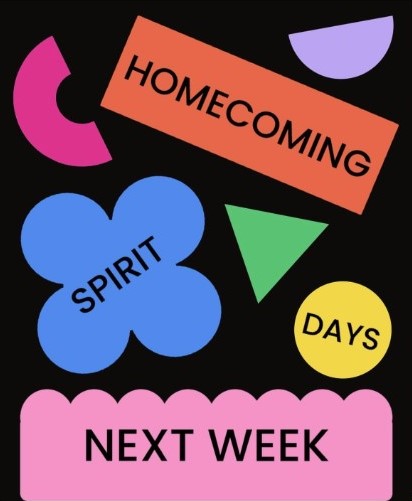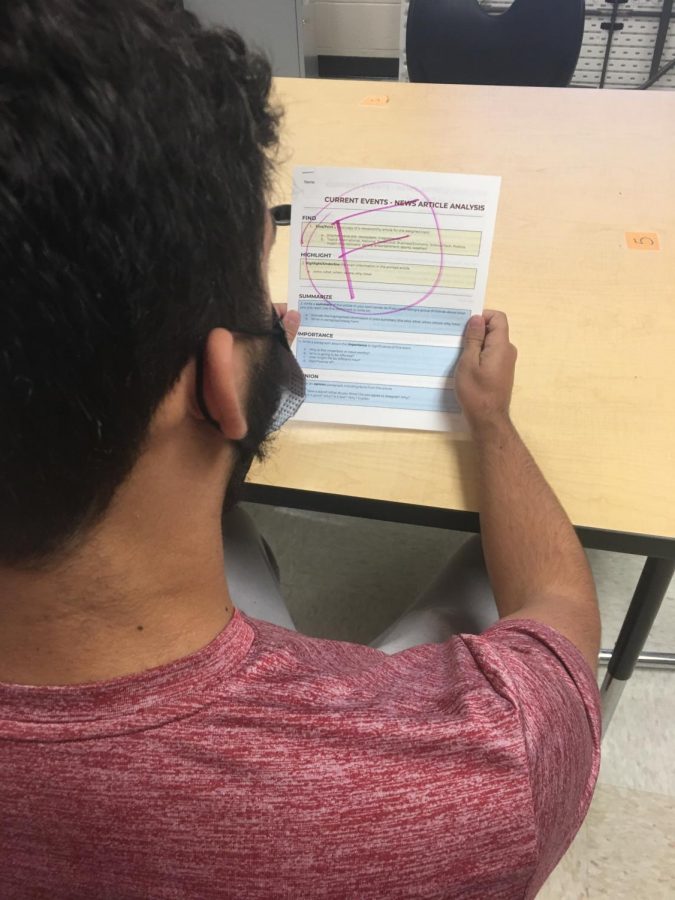The Pathway to Higher Education

September 26, 2022
Every year, seniors enter the competitive academic season that has been emphasized their entire lives: the college application. Applying to colleges and universities can be grueling. Even the most desired applicants can feel stressed about this excruciating time. It can be incredibly overwhelming, especially not knowing where or even if students will be accepted, but it does not have to be this way. Here are some of the most important things to keep in mind to make applying to university much more seamless.
Deadlines
Many colleges and universities have multiple deadlines to meet; students may choose which one is best for them. Each deadline, however, has benefits and drawbacks that are specific to that deadline.
Early Decision. Early decision applications are binding. It is expected that any student who is accepted for early decision to attend that school. Usually, students can only apply to one school for early decision because of that expectation. Before applying to a school via early decision, students should ensure that attending their school of choice is feasible. This deadline usually takes place in November, while responses are expected to come out by December. There is also a second deadline for early decision. Just as binding, the only difference is that this deadline takes place in January and responses are expected to take place in February.
Early Action. This deadline is similar to early decision with the major difference being that it is nonbinding. Students are encouraged to apply early action to multiple schools. Students who apply early action are more likely to be considered for scholarships. Some schools have deadlines ending between October and December.
Regular Decision. Students may apply to a regular decision deadline by the 1st of January, but some colleges have deadlines as early as the 30th of November. Responses to this deadline are usually expected by March or April.
Rolling Admissions. Some schools that use this policy evaluate applications as they receive them and will grant acceptance throughout the year. They will keep applications on file, but might not necessarily have a set deadline date. This deadline is dependent on the number of applicants and the ones accepted until the entire class is filled.
Regardless of the deadline chosen, applicants that receive an acceptance to their application are not required to commit to the university until the national response date of the 1st of May.
Application
Methods of application vary by school, so students should look into the specifics of their universities of choice. Most schools allow students to apply within their own institutional website, for some it is the only way to apply.
Most schools, however, offer convenient ways to apply without having to do so individually to each school. The Common Application is used by over 1,000 colleges and universities. The Common App heavily reduces the amount of time spent on applications by sending the application details to up to 20 colleges and universities at once.
Another method of applying to higher education would be by using the Coalition Application. The Coalition App follows the same step as the Common App, but significantly fewer schools use it, less than 200.
The Essay
The essay, for some people, might be the most challenging aspect of the application process. Most colleges require some form of at least one written submission. This tends to be an essay, and is meant to reflect to admissions officers the personal side of an applicant. Prompts tend to be broad, allowing students to write about anything they may want to let admissions officers know. It can be about anything that happened to a student in their life that sets them apart from everyone else. Students may write about any experience, big or small, that helped shape them into the person they are today.
When it comes to the essay, students are encouraged to just make sure they are intrinsically themselves. Stories do not have to be majorly exuberant, depressing, or impressive.
Academic History
It goes without mentioning that basic information about oneself should be the first thing to add to the application, but another important thing to include is the high school transcript. Transcripts show important information about a student’s academic career and performance beyond GPA. They can show college admissions officers the difficulty of the classes a student took in high school. Schools with more rigorous courses acknowledge students who take challenging classes in high school such as Advanced Placement (AP) and International Baccalaureate (IB).
Community service and extracurricular activities are one thing officers really look for when looking at applicants. Extracurriculars show admissions officer’s a student’s work ethic and commitment to community. It is also essential for students to show that they are unique as a person. Universities will always expect the top grades, but what a person offers to their community sets them apart. A person active in their own community is a tremendous asset to the university campus, which is something admissions officers are hungry for.
Letters of Recommendation
Another important thing some universities ask for are letters of recommendation. Typically universities ask for two to three letters of recommendation, but this varies with each school. Schools will ask for a letter of recommendation from a teacher who knows the student very well beyond just academic abilities, including qualities and other achievements the student may have. Colleges may also ask for a letter of recommendation from a counselor. Admissions officers would prefer that letters of recommendation come from a high school teacher, from sophomore or junior years. After all, they are evaluating high school success, and teachers in high school are the ones who will be able to show that expertise in their letters accurately. Students should be formal in asking for letters of recommendation, and be sure to ask for them well in advance prior to application deadlines.
Testing
Many schools require that applicants submit test scores, specifically SAT and ACT scores. These scores can be sent through College Board or ACT, or can be manually submitted.
Due to frustrating circumstances caused by COVID-19 hindering student’s abilities to succeed in academics, many universities have gone test-optional. Students are advised to check average admitted student scores to judge if their scores should be submitted. For many Florida public universities that still require test scores, one way to save and invest money is by self-reporting test scores if permitted.
It is imperative to note that there are no “good” or “bad” test scores; the quality of test scores is subjective to each school and is no way a huge factor of admittance, especially for schools that claim a holistic approach to acceptance. This would be why, for test-optional schools, to look for the average scores of admitted students at each university. Not everyone is a strong test taker, a strong SAT taker, or a strong ACT taker.
Application Fee
Once the application has finalized, students should be aware of any potential application fees for the schools they are applying to. Schools might have some sort of fee, ranging anywhere from $20 to over $100. Students, however, may qualify for waivers, especially those that come from low-income families. Students should check in with each school to see what opportunities are available.
Applying to college does not have to be an insurmountable task. Yes, time management can be an issue, and feelings of not being prepared can derail mental health and abilities to fill applications in due time. However, so long as students are prepared to take on the task at hand, they will surely feel that weight start to lift off their shoulders.


